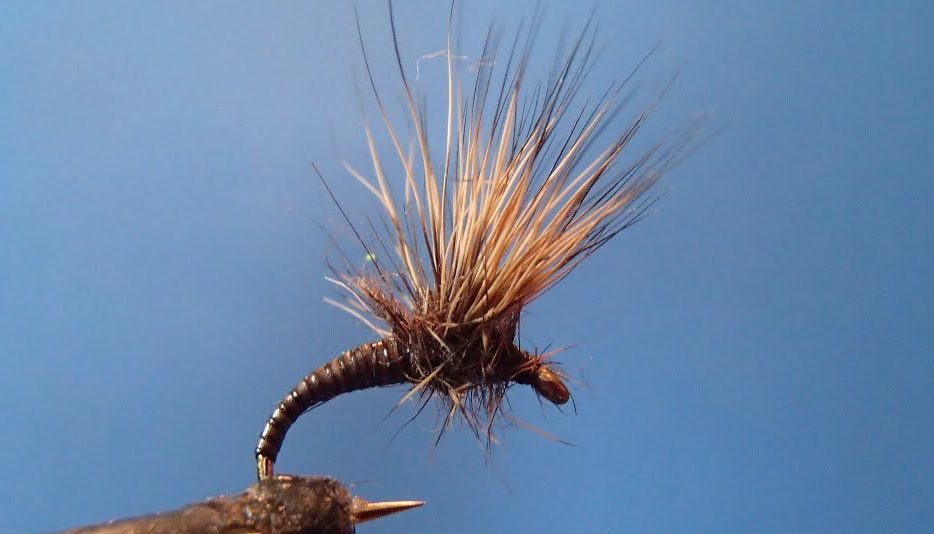Contents
Bass Bug Fishing
Lobbing deer hair bugs to bass is great fishing. It’s hard to beat hooking a largemouth, watching it explode out of the water, then landing it on a six-weight fly rod.
Bass are attracted to the commotion on the water’s surface, and hard-bodied poppers stir up lots of it.
Deer Hair Bugs or Hard-Bodied Poppers?
Hard-bodied poppers have the added attraction of rubbery legs for even more wiggle and jiggle. However, they are designed for a particular presentation. In contrast, the angler can present the deer hair bug in a variety of ways, finessing it to a gurgle, a pop, or a ploop-ploop-ploop. It can even be trimmed or shaved to alter its action on the spot. The deer hair bug should be well coated with flotant, to keep it buoyant for several casts. When it starts to sink too deep, the fisherman can simply squeeze out the excess water.
Fly Line for Casting Bugs
Special fly lines designed for casting large lures are available. Scientific Anglers Bass Bug Specialty Taper line is a good example of this type of product. Deer hair bugs are heavier and more wind-resistant than the small, light flies typically used with fly lines, but they can certainly be cast without a special line. The angler may need to make shorter, more open casts, but slowing the casting rhythm and waiting for the bug to make it all the way out to the end of the backcast will allow effective bug casting.
Stalk the Fish When Looking for Bass
Bass find a comfortable place, usually near some sort of structure, and wait for the food to come to them. Knowing this about bass behavior, the angler must learn to stalk. When the fisherman has picked out a likely-looking spot and approached quietly from the boat or from the bank, the fish will often strike the bug on the first or second cast.
Tying Bass Bugs
Many bass bug fishermen enjoy tying their own bugs. Deer hair is stacked tightly onto the hook, then spun to create a dense, bristly lure that is ready to be trimmed to the desired size and shape. Stacking different colors of deer hair results in striped and patterned bugs. The bug is trimmed with a razor or small, sharp scissors. Leaving the hair longer on the hook side makes the lure weed resistant. Cork, balsa wood, and foam may also be used. However, deer hair is slightly less buoyant, rides a bit lower on the water, and makes for a softer lure that many fishermen believe feels more natural to fish.
William G. Tapply Book a Great Reference
Bass Bug Fishing, by William G. Tapply (Globe Pequot, 1999) is an enjoyable book as well as a wonderful source of information about fishing with bugs. It includes a section on tying the deer hair bugs, with clear, informative directions and detailed photographs showing each step in the procedure.
Autumn Bass Fishing
Many an angler has discovered that fishing for bass in autumn can be just as much fun as catching them in spring. Unlike the persnickety trout, hungry bass will bite just about anything that looks like it might be food. At times, they even go for things that don’t resemble food. Bass bugs may be trimmed and colored to suggest frogs, fish, or other parts of the bass diet, or they may be as colorful and unique as the fly tier’s imagination can make them. Either way, fly rods, and bass bugs equal big bass fishing fun.

